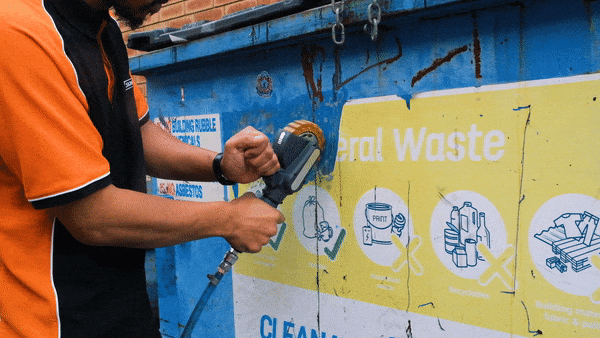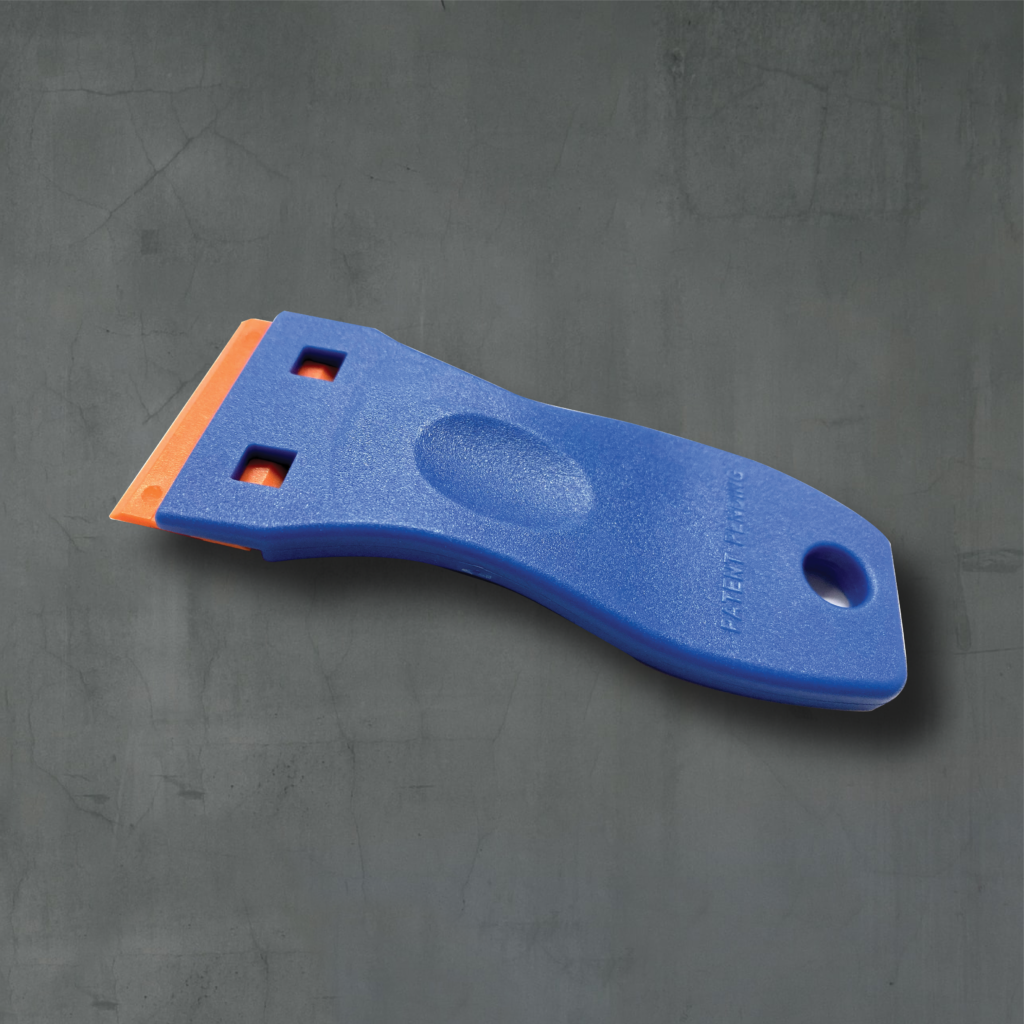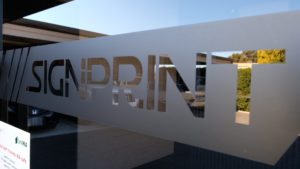Are you looking to remove stickers from your car, wall, or any surface without damaging the paint? Does the sticker leave behind hard-to-remove residue? The removal of these stickers, especially high-tack stickers, can be rather difficult and frustrating as the paint can be ripped and damaged if not done properly.
Over the years at Signprint, we have helped numerous clients remove their stickers without damaging the paint underneath and in this article, we will be discussing the top 3 methods that most of the installers use to remove stickers off the painted surface.
The three most common sticker removal techniques
As mentioned before there are 3 popular methods to help remove stickers off painted surfaces. These methods include the use of tools specifically made for this purpose, but before removing the sticker we must first assess a few things.
Assessing the surface and the sticker
The initial thing to do before we start the sticker removal process is to assess the sticker and the surface it is adhered to. This includes determining how old the sticker is, what kind of sticker it is, the surface type, the sticker condition, the size, and material used and more.
This assessment is necessary to determine the best removal method for the sticker. Some substrate like glass is ideal for scrapers while other surfaces like a painted car door work better with a zapper.
Once the assessment is complete we move on to the sticker removal methods.
Scraper
One of the primary methods of removing the sticker, especially smaller ones, is using a scraper.
A scraper is a flat device that is used to pry and “scrape” the sticker off. It is effective against smaller stickers. It can also be used to
remove bigger stickers, but it might need the assistance of other tools like heat guns or zappers.
The scraper can be used on newer stickers to peel one corner of the sticker which can then be pulled on to peel the sticker.
With old cracking stickers, a scraper can be used to scrape the whole sticker instead of peeling it as the older “cracked” stickers break off easily.
Stickers around 3 years of age are easy to remove while stickers older than that are much more difficult as the adhesive bond is stronger.
Most scrapers have a plastic edge that does not damage or scratch the paint underneath. This also makes it easy to remove stickers off a glossy surface.
The scraper is best used with a heat gun as it softens the adhesive and makes it easier to peel the sticker off
Heat Gun
Another common and effective method for removing a sticker from painted surfaces is to use a heat gun or a hairdryer.
The heat helps melt the hardened adhesive and loosen it, but it can also damage vinyl stickers if the temperature is too high.
Heat guns are made for removing stickers and decals by applying heat onto the vinyl. Start with low settings if you are unsure about the temperature.
When applying the heat, keep the gun moving and do not let it stay in one place for too long or get too close, the high temperature should melt the adhesive causing the corners of the sticker to start peeling off.

Heat guns are often used to apply and remove stickers and decals off vehicles. This is a preferred tool for many installers removing stickers off cars and painted surfaces.
Eraser Wheel
Eraser wheels are tools with a circular silicone or rubber head mount that are used to remove decals, stickers sealants, adhesives and more without damaging the painted surface. These wheels are available at most hardware or automotive retail stores, but the cheaper ones can damage the paint due to the quality.
The eraser wheel spins, ripping the sticker off the surface. This method is a popular option for removing old stickers that have been properly set onto the surface.
When working with old, repainted surfaces the high rotation speed can cause the wheel to scratch the paint off, especially if too much force is applied. Leaving the zapper in one place for too long can damage the paint.
It is best to start with a low speed and to apply light pressure while keeping the wheel moving on the surface. Be patient with older or higher-quality stickers as they take longer to remove.

If one corner of the sticker starts peeling, then you can use a scraper to peel the rest of the sticker off.
Stickers with high tack will leave behind a residue that can be removed by an adhesive cleaner.
Zappers or eraser wheels are ideal for large stickers, especially ones that are dried, sun-baked, and cracking.
Removing the adhesive residue
Once the sticker has come off the next step is to remove any residue. Most times stickers tend to leave behind residue which can be difficult to remove and might require additional help.
Solvents
There are certain solvents and products you can use to help remove stickers. These products affect the adhesive bond, making it easier to remove. One thing to remember when using solvents is that the moisture can damage the surface or paint if left for too long, hence do not use excess solvents, and test them in a small area before applying.
Adhesive Remover: This is the most common and recommended product for removing adhesive residue by most installers and printing shops. Apply the adhesive remover and leave it to soak for a few minutes, this should cause the adhesive to soften, making it easy to remove it using a scraper or cloth. Adhesive removers are safe to use on painted surfaces and won’t damage the paint or stain the surface. Most printing shops sell adhesive removes.
WD40: This is a special multi-purpose lubricant that can help prevent rust, displace moisture, lubricate objects, remove grease, tree sap and even sticker adhesive. It is not originally made to be an adhesive remove but can be used as such. Peel a part of the sticker using a scraper and spray the peeled backside with WD-40. Wait a few minutes, then use the scraper and a cloth to slowly scrape the residue off. If the solvent is left on the wall and not wiped down then it will leave a stain.
Rubbing Alcohol/white Vinegar/Acetone: These solvents are good at dissolving the residue adhesive from painted surfaces. Gently rub the solvent onto the area and wait a few minutes before using a clean cloth or scraper to gently remove the residue. Use caution when applying solvents like acetone on painted walls as it can damage the paint, glossy coated paint is not affected as much as flat paint.
Where to get these tools?
Most sticker removal tools can be purchased from any printing workshop. At Signprint we sell these products and provide demonstrations and video tutorials on how to use them if requested. If you would like to order some sticker removal tools then you can contact us here.





